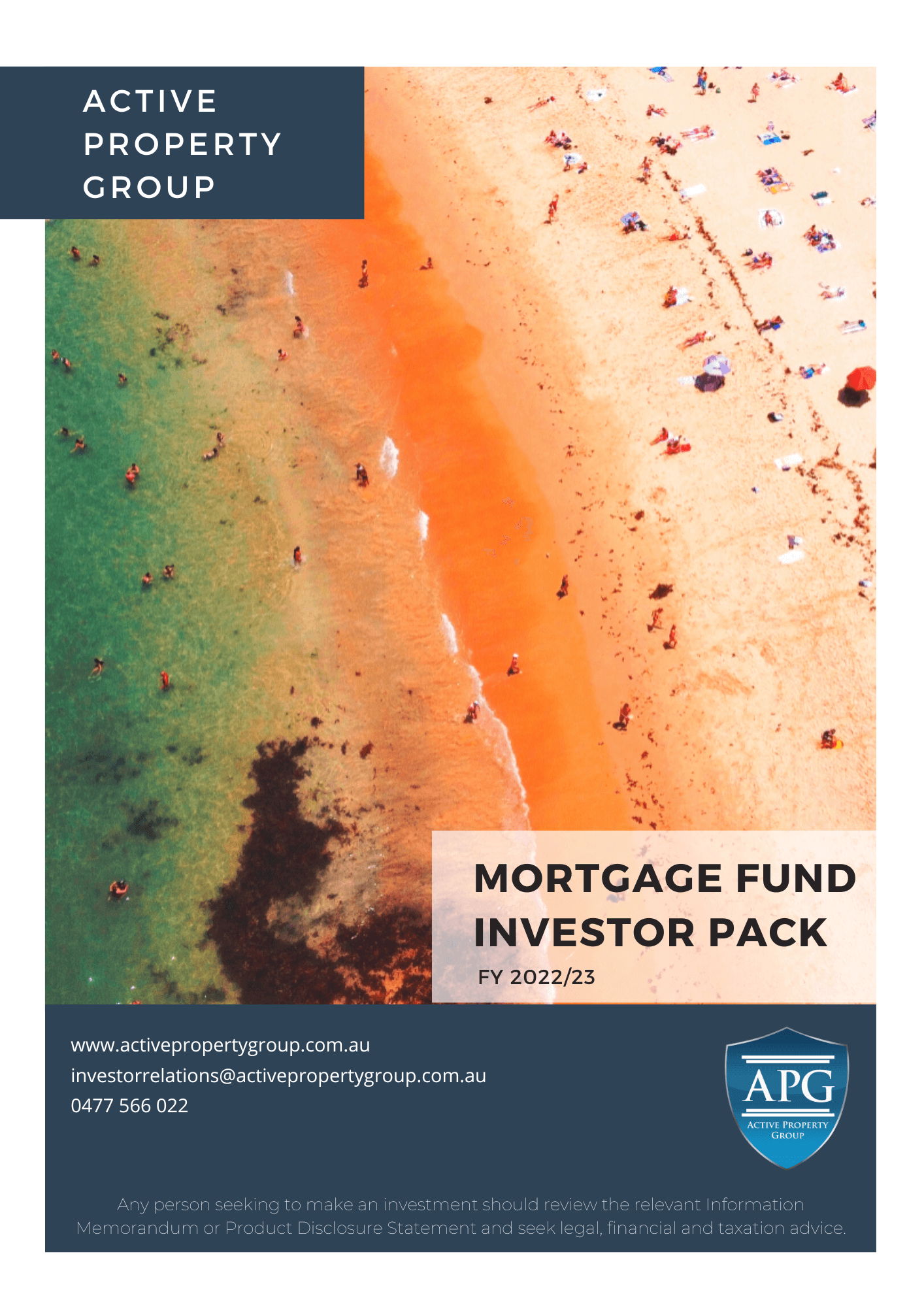How to Compound Interest Using Pooled Mortgage Funds
Warren Buffet once said: “my life is a product of compound interest.” As one of the richest people of our time, Mr. Buffet has been very vocal about the power of compounding interest to build your wealth.
Granted, not everyone has the capital to buy and reinvest in multiple businesses the way Warren Buffet has done to amass his billion-dollar net worth. However, that doesn’t mean that smaller-scale investors can’t apply this massively powerful investment model.
In this article, we take a look at how you can start applying the principles of compounding interest using pooled mortgage funds.
Earn Passive Income With Our Pooled Mortgage Fund

Quarterly distributions
Minimum investment from just $10K
No lock-in investment term
 What is compound Interest and why is it so powerful?
What is compound Interest and why is it so powerful?
The textbook definition of compound interest is the interest on a deposit calculated based on both the initial principal and the accumulated interest from previous periods. If that sounds like a mouthful, don’t worry. In practice, the concept of compounding interest is very simple. Think of it as the interest you earn on top of your interest.
So how does it work?
Let’s take a look at the difference between having your interest paid out and compounding your interest. If you have an investment worth $100,000 with an ROI of 5% per annum, you earn $5,000 every year. So in 5 years, you would’ve made $25,000 in interest. And in 10 years, you would’ve earned $50,000 in interest.
Now, consider an account that gives you compounding interest at the same ROI per annum. In the same year, yes, you will earn $5,000. The only difference is, that $5,000 profit will now be included in your original deposit to calculate your next 5% returns. Therefore, in your second year, you will be earning 5% of $105,000, instead of $100,000. So your next return will be $5,250.
While $250 extra might not sound too exciting, consider that in 5 years, you would have grown your initial deposit to around $127,628.16, instead of $125,000. And in 10 years, your investment would’ve grown to $162,889.46 instead of $150,000. And if you compound the interest quarterly it goes up again to $128,203.72 after 5 years and $164,361.95 after 10 years.
By compounding your interest, you are able to grow your investment exponentially, and this is the reason why it’s such a powerful investment strategy for building your wealth.
Compounding the interest from our Pooled Mortgage Fund
 At APG, we now provide investors the option to compound the interest earned from investing in our Pooled Mortgage Fund through the Distribution Reinvestment Plan (DRP). Rather than receive your quarterly distribution you can now choose to reinvest the distribution and compound your interest over time.
At APG, we now provide investors the option to compound the interest earned from investing in our Pooled Mortgage Fund through the Distribution Reinvestment Plan (DRP). Rather than receive your quarterly distribution you can now choose to reinvest the distribution and compound your interest over time.
This option is ideal for investors with a long-term strategy who are looking to build wealth over time and set themselves up for later in life.
About APG’s Pooled Mortgage Fund
APG’s pooled mortgage fund is used to finance a variety of small business and property development loans. It’s managed by a team of experienced mortgage managers who conduct extensive due diligence on each of the borrowers and all loans are secured by Australian real estate (we favour conservative loan-to-value ratios of up to 75%, but often the LVRs are a lot lower.)
The pooled mortgage fund is open to all investors and provides passive income via quarterly distributions. To learn more about the fund or the Distribution Reinvestment Plan, you may speak to our Investor Relations team and they will gladly answer any question you may have.
This information is of a general nature and does not constitute professional advice. You should always seek professional advice in relation to your particular circumstances. The returns mentioned are not guaranteed. You risk losing some or all of your investment.
If you have any questions about investing in private mortgages then please send us an email at [email protected] or message us via our Contact Page.
If you have any questions about investing in private mortgages then please send us a message via our Contact Page.




